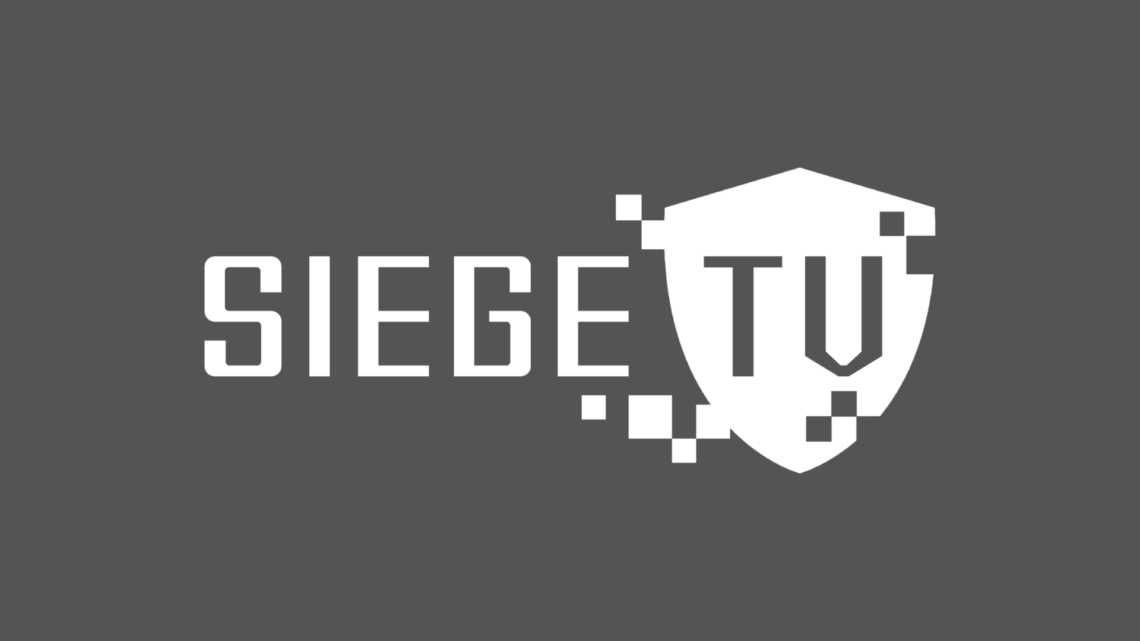
Dumping Hashes Using CrackMapExec
CrackMapExec (CME) is a powerful post-exploitation tool commonly used by penetration testers and red teamers to assess the security of Windows networks. One of its key functionalities is the ability to dump password hashes from compromised systems. Here’s a summary of dumping hashes using CrackMapExec:
- Tool Overview: CrackMapExec is a post-exploitation tool that automates various tasks in a Windows network penetration test or red team engagement. It is designed to be used after an initial foothold has been gained within the network.
- Dumping Password Hashes: One of the core capabilities of CrackMapExec is the ability to extract password hashes (often NTLM hashes) from Windows systems that the attacker has compromised.
- Steps to Dump Hashes:
- Initial Compromise: To use CME for hash dumping, the attacker must first gain initial access to a Windows machine within the network. This can be achieved through techniques like exploitation or social engineering.
- Executing CME: Once access is established, the attacker can use CrackMapExec on the compromised system. CME provides a range of commands and options for various post-exploitation tasks, including hash dumping.
- Hash Extraction: Using the appropriate CME command, the attacker can instruct the compromised system to extract and provide the password hashes of local and domain accounts. These hashes are typically stored in memory or on the system itself.
- Exfiltration: After obtaining the hashes, the attacker may choose to exfiltrate them for offline cracking. This can be done using various methods, such as saving the hashes to a file or transmitting them to a remote server.
- Hash Cracking: Once the password hashes are extracted, attackers can use offline cracking tools like John the Ripper or Hashcat to attempt to recover the plaintext passwords. The goal is to gain access to additional accounts and escalate privileges within the network.
- Mitigation and Prevention: Organizations can take several measures to defend against hash dumping attacks:
- Patch and Update: Keep systems and software up to date to address vulnerabilities that attackers might exploit.
- Least Privilege: Implement the principle of least privilege to restrict users’ access to resources they need for their roles.
- Monitoring: Employ network monitoring and intrusion detection systems to detect suspicious activity, including hash dumping attempts.
- Regular Password Changes: Encourage users to change passwords regularly, reducing the usefulness of compromised hashes.
In conclusion, CrackMapExec is a versatile tool that attackers can use to automate the process of dumping password hashes from compromised Windows systems. Defending against such attacks involves a combination of security best practices, including regular patching, monitoring, and user education on password hygiene.